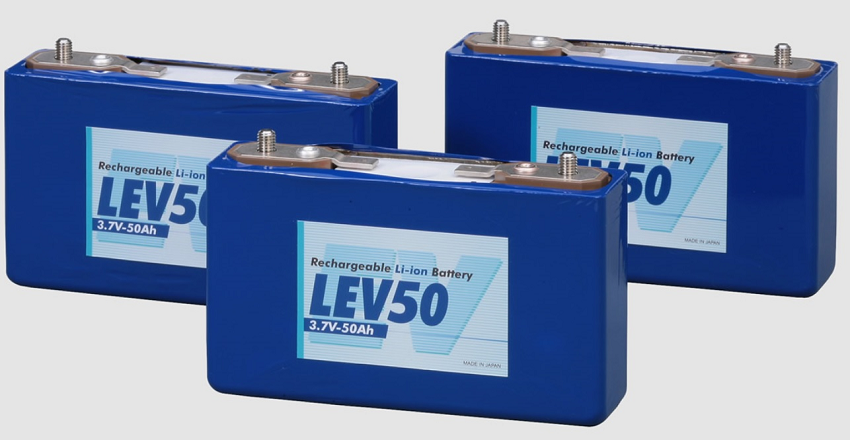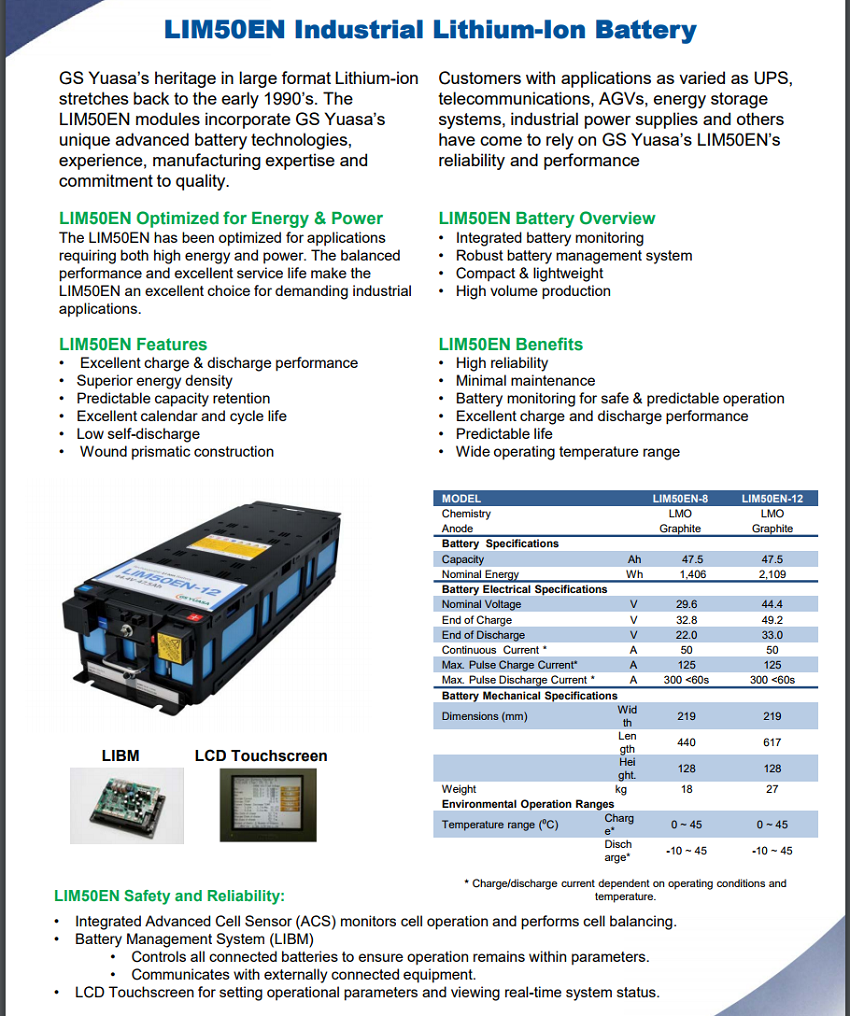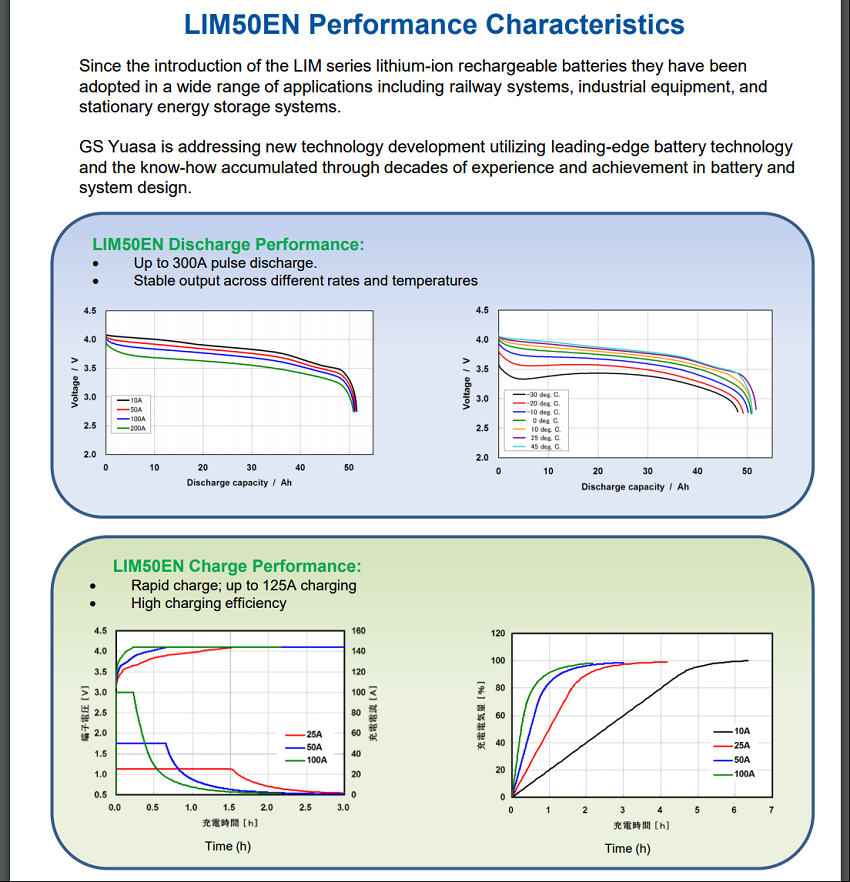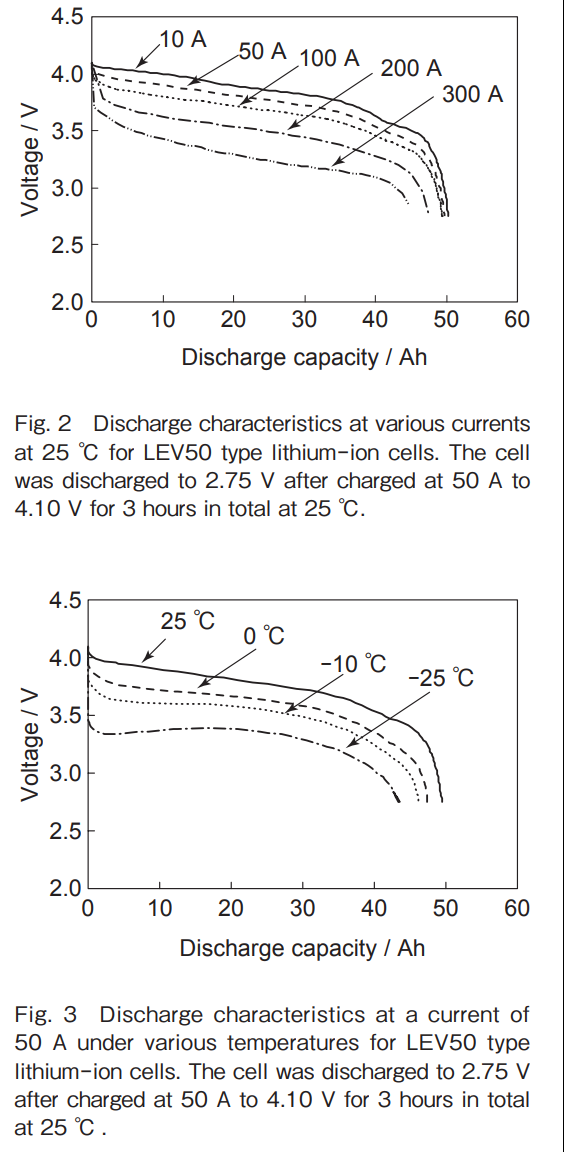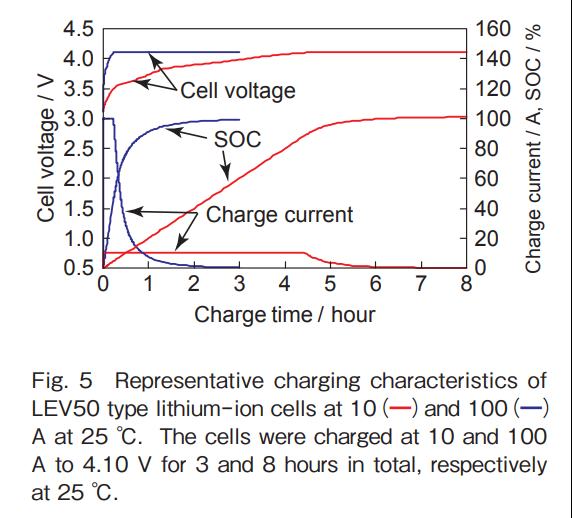Trex
Well-known member
So lets have a closer look at the manufacturer of the drive battery cells.
What do we know about GS Yuasa.?
This is taken off their website.
Yuasa:
1913 Founder Shichizaemon Yuasa begins research into metal electrolysis
1915 Yuasa Battery Manufacturing established within the Yuasa Iron Works in Sakai City, Osaka Prefecture; production starts on storage batteries
Ok been around for a while. Not some fly by nighter.
GS:
1895 Genzo Shimadzu manufacturers Japan's first lead-acid storage battery
1908 First use of the "GS" trademark
1912 Storage battery plant (Shin-machi,lmadegawa) built
Been around even longer.
Ps there is a lot of good history showing there if you want to look.
Now when did these companies start "getting their hands dirty" with Lithium batteries.
GS:
1993 Prismatic Lithium-ion batteries developed
1995 Shandong Huari Battery Co., Ltd established, industrial battery manufacturing and sales affiliate in China
1997 GS-Melcotec Co., Ltd. established, lithium-ion battery manufacturing and sales subsidiary (SANYO GS Soft Energy Co., Ltd. at present) Beijing Ri Jia Power Supply, Co., Ltd. established, the first overseas industrial power supply system manufacturing and sales affiliate in China
Yuasa:
1998 Ultra-thin lithium-ion polymer secondary battery launched
So they have been playing around with lithium for a few years I suppose. :lol:
And this:
2004 GS Yuasa Corporation established
Now I went to GS Yuasa Lithium Power website and saw this:
"The history of GS Yuasa Corporation spans more than a century. GS Yuasa was formed in 2004 as the result of a merger between Japan Storage Battery (JSB) and Yuasa Corporation. Japan Storage Battery was founded in 1895, and manufactured the first lead-acid storage battery in Japan. In the early 1990’s, JSB began manufacturing Large Format Lithium Ion batteries and introduced large format prismatic lithium ion batteries in 1993. Yuasa Corporation was founded in 1913 and by 2004, had become one of the top power sport and automotive battery manufacturers in the world.
The merger of Yuasa Corp. and JSB created one of the largest battery manufacturing companies in the world with annual revenues in excess of $3.4B USD. The new enterprise, GS Yuasa Corporation, brought greater economies of scale and operating efficiencies enabling the new organization to better focus on innovative product design, satisfying global customers and increasing the resources available for Research and Development initiatives.
In 2006, GS Yuasa Lithium Power (GYLP) was established as a subsidiary of GS Yuasa Corporation to bring GS Yuasa’s exceptional lithium ion products to the North American market. GYLP is located in Roswell, Georgia and employs an engineering staff with more than 60 years of experience in the battery and aerospace industries. Our expertise in lithium ion cells, electronics, mechanical engineering, prototyping and testing enables us to collaboratively develop battery solutions with our customers that meet the most rigorous standards for performance, reliability and safety."
To be continued:
What do we know about GS Yuasa.?
This is taken off their website.
Yuasa:
1913 Founder Shichizaemon Yuasa begins research into metal electrolysis
1915 Yuasa Battery Manufacturing established within the Yuasa Iron Works in Sakai City, Osaka Prefecture; production starts on storage batteries
Ok been around for a while. Not some fly by nighter.
GS:
1895 Genzo Shimadzu manufacturers Japan's first lead-acid storage battery
1908 First use of the "GS" trademark
1912 Storage battery plant (Shin-machi,lmadegawa) built
Been around even longer.
Ps there is a lot of good history showing there if you want to look.
Now when did these companies start "getting their hands dirty" with Lithium batteries.
GS:
1993 Prismatic Lithium-ion batteries developed
1995 Shandong Huari Battery Co., Ltd established, industrial battery manufacturing and sales affiliate in China
1997 GS-Melcotec Co., Ltd. established, lithium-ion battery manufacturing and sales subsidiary (SANYO GS Soft Energy Co., Ltd. at present) Beijing Ri Jia Power Supply, Co., Ltd. established, the first overseas industrial power supply system manufacturing and sales affiliate in China
Yuasa:
1998 Ultra-thin lithium-ion polymer secondary battery launched
So they have been playing around with lithium for a few years I suppose. :lol:
And this:
2004 GS Yuasa Corporation established
Now I went to GS Yuasa Lithium Power website and saw this:
"The history of GS Yuasa Corporation spans more than a century. GS Yuasa was formed in 2004 as the result of a merger between Japan Storage Battery (JSB) and Yuasa Corporation. Japan Storage Battery was founded in 1895, and manufactured the first lead-acid storage battery in Japan. In the early 1990’s, JSB began manufacturing Large Format Lithium Ion batteries and introduced large format prismatic lithium ion batteries in 1993. Yuasa Corporation was founded in 1913 and by 2004, had become one of the top power sport and automotive battery manufacturers in the world.
The merger of Yuasa Corp. and JSB created one of the largest battery manufacturing companies in the world with annual revenues in excess of $3.4B USD. The new enterprise, GS Yuasa Corporation, brought greater economies of scale and operating efficiencies enabling the new organization to better focus on innovative product design, satisfying global customers and increasing the resources available for Research and Development initiatives.
In 2006, GS Yuasa Lithium Power (GYLP) was established as a subsidiary of GS Yuasa Corporation to bring GS Yuasa’s exceptional lithium ion products to the North American market. GYLP is located in Roswell, Georgia and employs an engineering staff with more than 60 years of experience in the battery and aerospace industries. Our expertise in lithium ion cells, electronics, mechanical engineering, prototyping and testing enables us to collaboratively develop battery solutions with our customers that meet the most rigorous standards for performance, reliability and safety."
To be continued:




